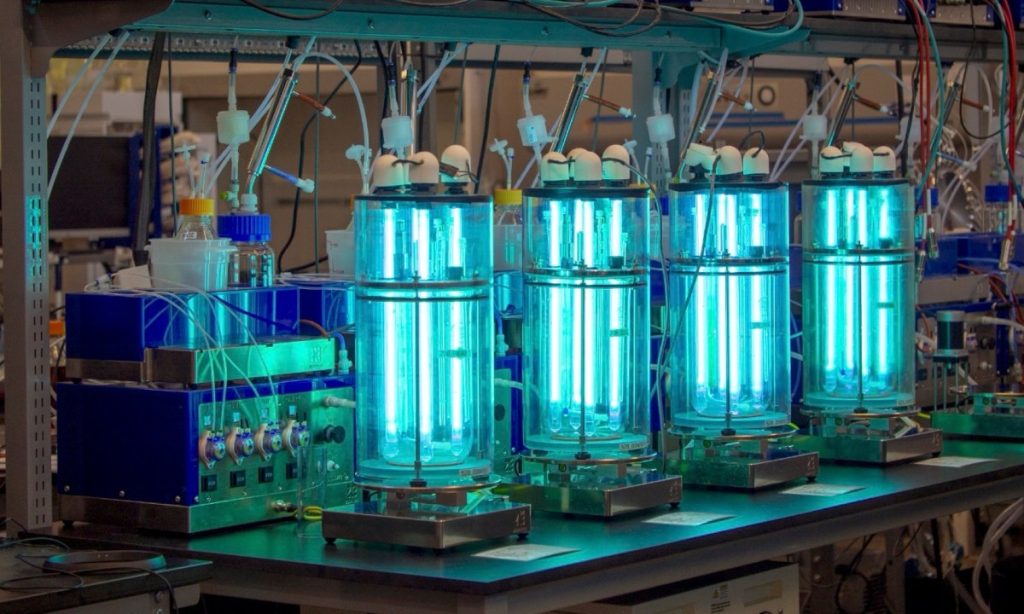Ask any scientist who has worked with cell cultures in a lab: contamination is high on their list of fears. Even a stray bacteria or fungal spore can ruin an entire experiment.
Now imagine scaling this risk up to biomanufacturing, which uses living cells to make a variety of things, including drugs, food ingredients, and industrial materials. There, contamination not only hinders productivity, but has the potential to harm the public if, for example, bad microbes get into pharmaceuticals.
Unwilling to take any chances, companies take a scorched-earth approach to fighting polluters, blasting their equipment with hot steam. But it’s a costly tactic: steam takes a lot of energy to produce, and equipment must be hardened against the high temperatures and pressures that occur during sterilization.
“This was an approach developed by Pfizer in the 40s to make penicillin,” Brian Heligman, co-founder and CEO of Biosphere, told TechCrunch. “And you look at the original systems, they look the same as they do today.”
Steam is not the only way to sterilize equipment. Another is growing cells in single-use reactors, which is wasteful. Ultraviolet (UV) light is another. However, until recently, generating sufficient UV-C light, which is required for decontamination, has been expensive. Now, thanks in part to COVID, they are much cheaper.
“During the Covid era, you saw a lot of capital flow into UV-C LED manufacturing,” Heligman said. “They will probably get orders of magnitude cheaper in the next decade.”
Heligman and his colleagues at Biosphere have spent the past two years designing a three-liter glass bioreactor that can be completely sterilized by UV light. Inside the reactor, four bright LEDs illuminate every part of the chamber and its instruments. The startup is now testing eight of them as part of a $1.5 million Defense Department project to explore ways to use biological production to produce high-performance oils.
The use of LEDs has the potential to lower the cost of biological production, allowing such processes to produce materials that would previously have been too expensive.
“As you start to be able to simplify the complexity of these systems, we think we can push to a lower transformative floor,” Heligman said.
“You can think of this as an electrification of the bioreactor,” he said, adding that replacing expensive stainless steel valves, traps and other equipment with LEDs and a cable should help cut costs significantly. Furthermore, because the vessels will not have to withstand high temperature and pressure, they can be made from cheaper materials such as plastic for certain applications.
The company is currently working to build a pilot bioreactor that can hold around 100 liters and can be sterilized using its technology. After that, Heligman said he was interested in exploring designs that would be able to hold 40,000 to 80,000 liters.
Biosphere has raised $8.8 million in seed funding led by Lowercarbon Capital and VXI Capital, the company told TechCrunch exclusively. Participating investors include B37 Ventures, Caffeinated Capital, Founders Fund and GS Futures.


